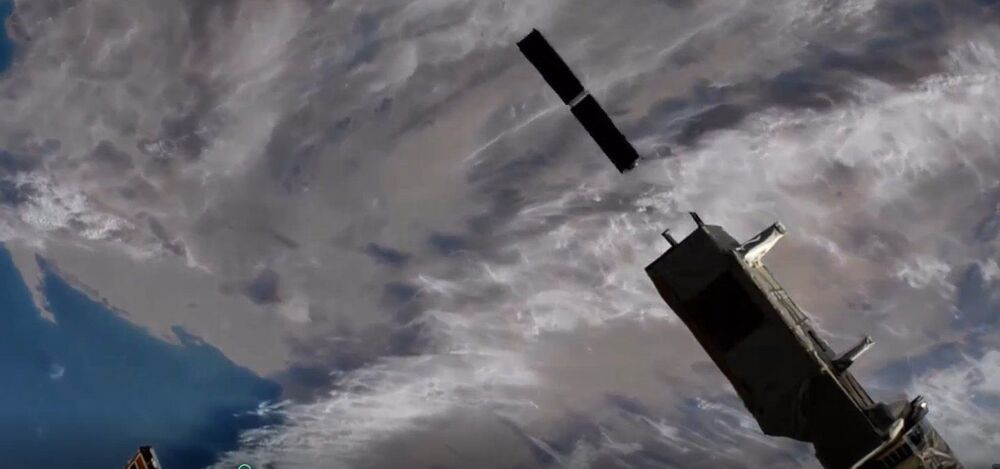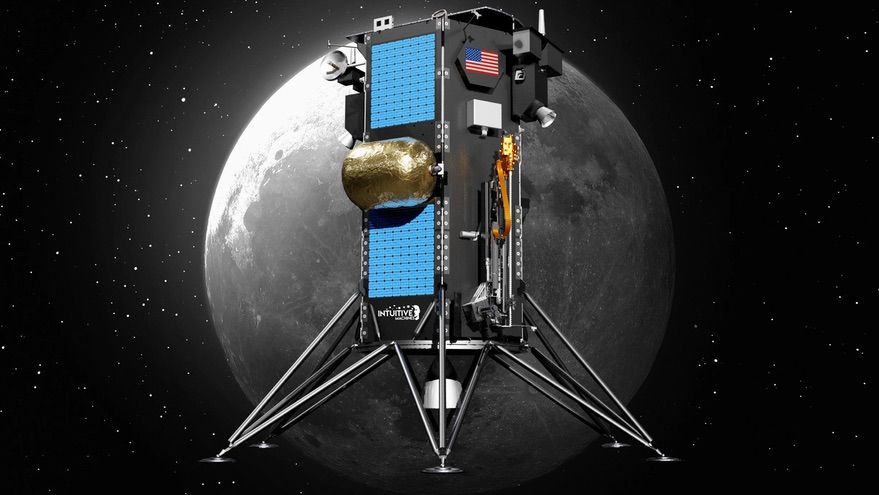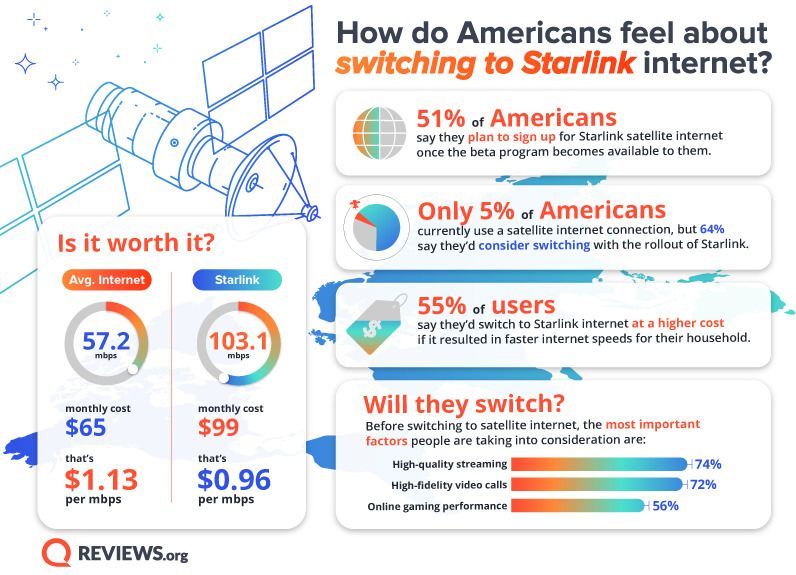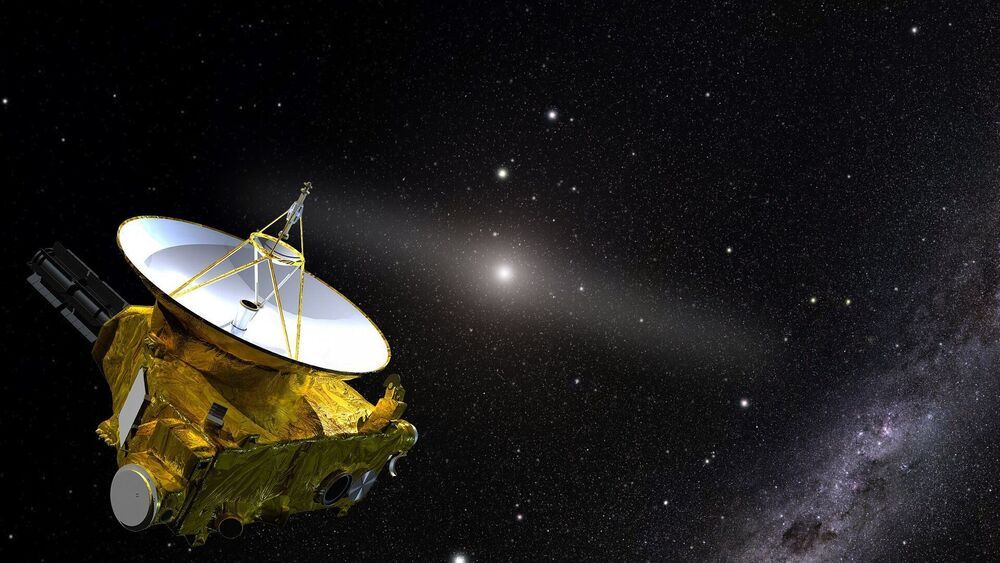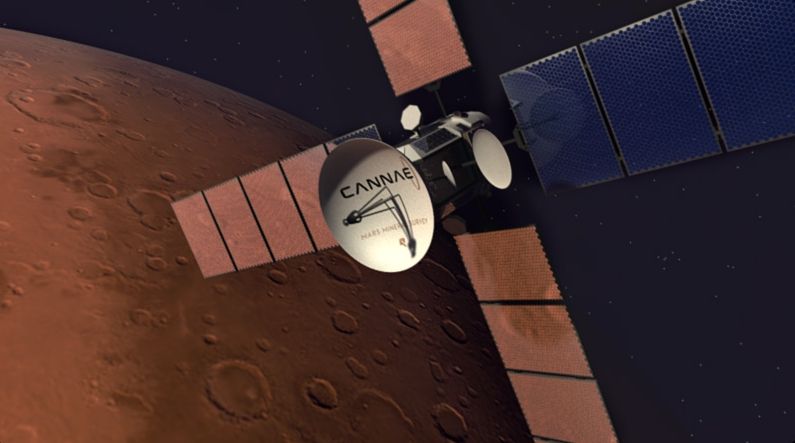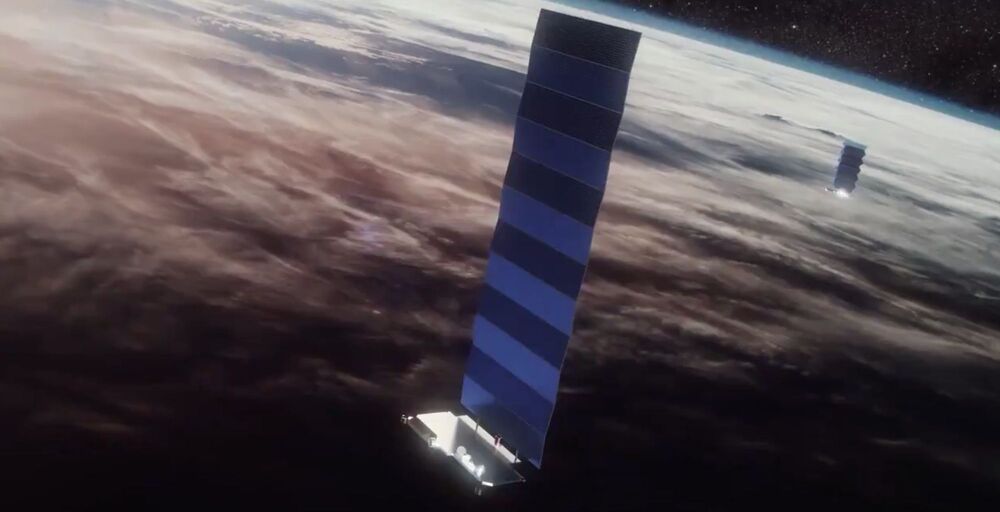Jan 15, 2021
Oneweb Secures Investment From Softbank And Hughes Network Systems
Posted by Muhammad Furqan in categories: business, government, internet, satellites
London, 15 January, 2021 — OneWeb, the Low Earth Orbit (LEO) satellite communications company jointly owned by the UK Government and Bharti Global, announced today that it has secured additional funding from SoftBank Group Corp. (“SoftBank”) and Hughes Network Systems LLC (“Hughes”), bringing OneWeb’s total funding to $1.4 billion. The capital raised to date positions the Company to be fully funded for its first-generation satellite fleet, totaling 648 satellites, by the end of 2022.
OneWeb’s mission is to deliver broadband connectivity worldwide to bridge the global Digital Divide by offering everyone, everywhere access including to the Internet of Things (IoT) future and a pathway to 5G. OneWeb’s LEO satellite system includes a network of global gateway stations and a range of user terminals for different customer markets capable of delivering affordable, fast, high-bandwidth and low-latency communications services. In December 2020, OneWeb launched 36 new satellites, built at its Airbus Joint Venture assembly plant in Florida, USA, bringing the Company’s total fleet to 110 satellites, all fully-functioning and benefitting from International Telecommunication Union spectrum priority.
Sunil Bharti Mittal, Executive Chairman of OneWeb, commented, “We are delighted to welcome the investment from SoftBank and Hughes. Both are deeply familiar with our business, share our vision for the future, and their commitment allows us to capitalise on the significant growth opportunity ahead for OneWeb. We gain from their experience and capabilities, as we deliver a unique LEO network for the world.”

